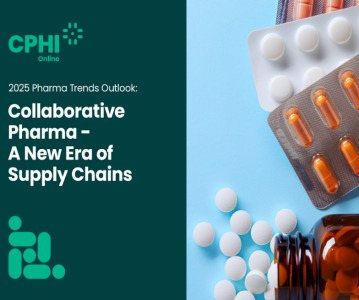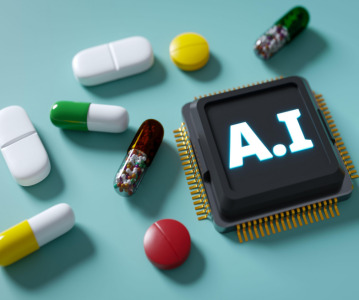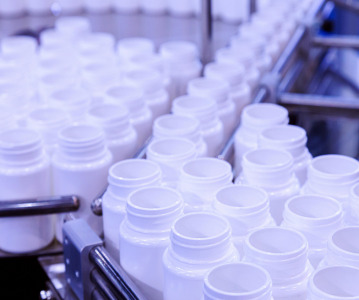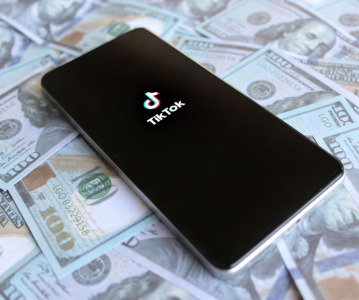Report: Introducing Artificial Intelligence and Machine Learning In the Life Sciences

Key Milestones Indicate Transformational Power of AI and Machine Learning
The New Revolution
In the past, the pharma industry has expressed skepticism around the adoption of artificial intelligence and machine learning to perform tasks such as molecular design, discovery and clinical trials. After all, lives are at stake and Mark Zuckerberg’s idea that success requires startups to “move fast and break things” is the antithesis of the industry’s guiding principle to “do no harm.”
Therefore, companies making bioactive substances to put into patients and maybe even permanently engineer their genes must be very cautious that the technologies they are using are proven and safe. Despite this reluctance, there has been an explosion of promising startups created over the last five years that merge the field of computer science with computational biology, chemistry and biophysics. These companies are seeking to disrupt the current paradigm wherein new drugs fail to reach the market over 90-95% of the time, costing US$2.6 billion to develop (compared to US$0.2 billion in the 1980s), with development timelines of 10-15 years (McKinsey).
Part of the reason for this inefficiency is that drug discovery in pharma comes from a heritage of trial and error. Many molecules are tested before finding one that works that can be taken forward. This new wave of companies is attempting to make the process much more efficient. BenchSci, for example, was founded on the thesis that a big pharmaceutical company will conduct tens of thousands of experiments per year to evaluate molecular targets. On average, around 7,000 non-clinical, non-human experiments are needed to get a drug into the clinic and roughly 50-70% of those experiments do not scientifically advance the study of those targets. Improving the efficiency of this process would generate enormous value by lowering costs and timelines. AI is an uninterested participant in terms of trying to understand biology and does not require the same need to create mental frameworks that humans rely upon.
As a result, artificial intelligence can learn what drives biological systems in a much more comprehensive and non-hypothesis-driven way. Daphne Koller, founder of Insitro refers to this as moving drug discovery from an artisanal to an engineered approach, where a lot of the pieces to be built are designed to be performed in a repeatable reproducible manner. Although biology is extremely complex, one can draw parallels to the sentiment shift that occurred in finance and see that pharma could be going through a similar generational change. Because machine learning and AI, at their heart, are the most statistically sound way to handle large amounts of information, and drug design is fundamentally a data science problem, the decades ahead could fundamentally transform expectations around drug costs, time to market and how science is done.
Learn more on the outlook and potential on AI and ML in our free report, provided by Global Business Reports.
Related News
-
News How GLP-1 agonists are reshaping drug delivery innovations
GLP-1 agonist drug products like Ozempic, Wegovy, and Mounjaro have taken the healthcare industry by storm in recent years. Originally conceived as treatment for Type 2 diabetes, the weight-loss effects of these products have taken on unprecedented int... -
News 2025 Pharma Trends Outlook: Collaborative Pharma – A New Era of Supply Chains
A new year, a new Pharma Trends Outlook report! The 2025 Pharma Trends Outlook report examines key changes expected in the pharmaceutical industry for the coming year, particularly in regards to the supply chain. -
News AI-driven drug discovery model sets new accuracy prediction benchmark
Iambic Therapeutics, an Nvidia-backed biotech based in London, have stated that their AI drug discovery model named ‘Enchant’ demonstrates the potential to reduce the time and cost associated with new drug development. -
News On Track at CPHI Milan: Thermo Fisher Scientific Track Sponsor interview
With CPHI Milan just around the corner, we sat down with some of the sponsors for this year’s conference tracks to discuss the most pressing topics in pharma. -
News Viral marketing for B2B pharma businesses: a CPHI Online case study
Discover how a Chinese chemical manufacturing company went viral on TikTok, and what their viral success means for the future of B2B digital marketing for the wider pharmaceutical industry and supply chain. -
News Sanofi to collaborate with OpenAI and Formation Bio
Pharmaceutical giant Sanofi have announced a collaboration with Formation Bio and OpenAI to build AI-powered software for accelerated drug development. -
News CPHI Online Webinar Series – Optimising Pharma Manufacturing through Digital Transformations
This month’s CPHI Webinar Series explored achieving manufacturing excellence in pharma through the digitalisation of daily processes. Presented by Joe Doyle, Head of Sales at EviView, and Bikash Chatterjee, President and Chief Scientific Off... -
News Western pharma groups warn of supply disruptions over China anti-spy law
China’s anti-espionage laws have caused concern among western pharmaceutical groups over potential arrests or denial of access for foreign inspectors in China-based facilities and manufacturing partners, posing a risk to the supply of drug produc...
Recently Visited
Position your company at the heart of the global Pharma industry with a CPHI Online membership
-
Your products and solutions visible to thousands of visitors within the largest Pharma marketplace
-
Generate high-quality, engaged leads for your business, all year round
-
Promote your business as the industry’s thought-leader by hosting your reports, brochures and videos within your profile
-
Your company’s profile boosted at all participating CPHI events
-
An easy-to-use platform with a detailed dashboard showing your leads and performance





.png)
.png)
.png)